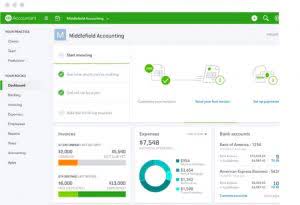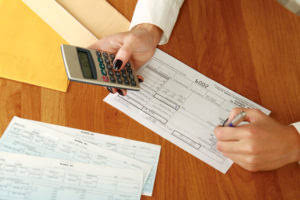
Using the DDB method allows the company to write off a larger portion of the car’s cost in the first few years. This higher initial depreciation aligns with the rapid decrease in the car’s value and the heavy use in the early years. By dividing the $4 million depreciation expense by the purchase cost, the implied depreciation rate is 18.0% per year.
We help eCommerce businesses master their finances.
Your employees Accounting for Churches can view their payslips, apply for time off, and file their claims and expenses online. You get more cashback in tax benefits from the beginning, which can help balance the expense of purchasing a resource. In the case that you’ve applied for a line of credit or a loan, you could be paying off a bigger part of the loan in the earlier periods, consequently, decreasing the sum for every period you pay interest on. The overall expensed amount will be the same; however, it will be more in the earlier years and less later. While depreciation is used for calculating the descending costs of tangible assets, Amortization is used in the case of intangible assets.
How to calculate DDB depreciation

Proponents of this method argue that fixed assets have optimum functionality when they are brand new and a higher depreciation charge makes sense to match the fixed assets’ efficiency. The double-declining balance depreciation (DDB) method, also known as the reducing balance method, is one of two common methods a business uses to account for the expense of a long-lived asset. Similarly, compared to the standard declining balance method, the double-declining method depreciates assets twice as quickly.
Disadvantages of the DDB Method
A disadvantage of the double declining method is that it is more difficult to calculate than the more traditional straight-line method of depreciation. Given the difficulty of calculation, this also means that it is easier to calculate the wrong amount of depreciation. Also, most assets are utilized at a consistent rate over their useful lives, which does not reflect the rapid rate of depreciation resulting from this method. Further, double declining depreciation this approach results in the skewing of profitability results into future periods, which makes it more difficult to ascertain the true operational profitability of asset-intensive businesses. Consequently, there are several serious disadvantages to using the double declining balance method. The double declining balance method of depreciation reports higher depreciation charges in earlier years than in later years.

- In this way, an organization can allocate reduced depreciation in later years.
- Double declining balance is the second most common depreciation method.
- Imagine being able to maximize your tax deductions and improve your cash flow in the initial years of an asset’s life.
- Learn how to build, read, and use financial statements for your business so you can make more informed decisions.
- In the world of finance and accounting, understanding how to manage and account for asset depreciation is crucial for all businesses.
Here’s the depreciation schedule for calculating the double-declining depreciation expense and the asset’s net book value for each accounting period. In case of any confusion, you can refer to the step by step explanation of the process below. The MACRS method for short-lived assets uses the double declining balance method but shifts to the straight line (S/L) method once S/L depreciation is higher than DDB depreciation for the remaining life. But as time goes by, the fixed asset may experience problems due to wear and tear, which would result in repairs and maintenance costs.

Fixed Asset Assumptions

The double-declining method (DDB) of depreciation is a technique that companies use to charge depreciation. This method is cash flow also known as the reducing balance method, which companies use to account for a fixed asset’s value. The double-declining balance depreciation method uses accelerated depreciation that charges a higher expense initially. The double declining balance method accelerates depreciation charges instead of allocating it evenly throughout the asset’s useful life.
- Depreciation is an accounting process by which a company allocates an asset’s cost throughout its useful life.
- Companies use the double-declining balance method to depreciate fixed assets significantly more in the initial years.
- By integrating AI, companies can ensure precise and efficient handling of their asset depreciation, ultimately improving their financial operations.
- For instance, if an asset’s straight-line rate is 10%, the DDB rate would be 20%.
- If, for example, an asset is purchased on 1 December and the financial statements are prepared on 31 December, the depreciation expense should only be charged for one month.
Adjusting Entries on Balance Sheet, Income Statement, and Cash Flow statement
The reason for not using it is that the method results in a lower net income in the early years of the asset’s life. Depreciation is an accounting process by which a company allocates an asset’s cost throughout its useful life. In other words, it records how the value of an asset declines over time. Firms depreciate assets on their financial statements and for tax purposes in order to better match an asset’s productivity in use to its costs of operation over time. The double-declining balance depreciation method produces a different charge for each period. In contrast, the straight-line method results in a fixed expense every period.
Leave a Reply